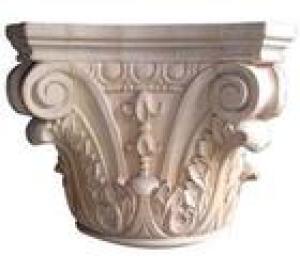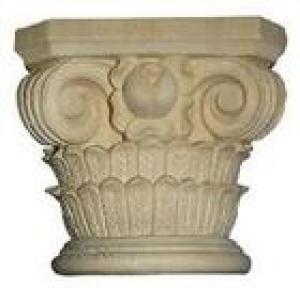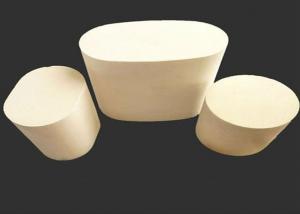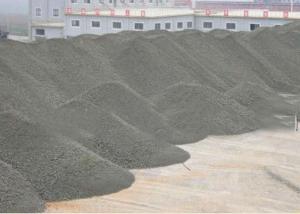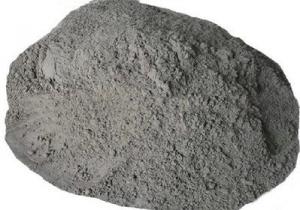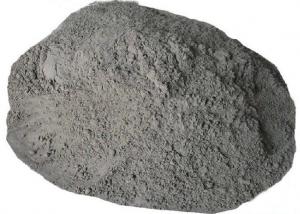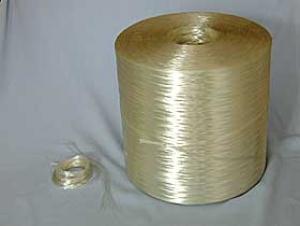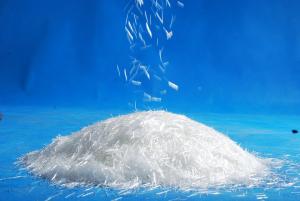Highest quality for Portland cement TYPE I/II
- Loading Port:
- China main port
- Payment Terms:
- TT OR LC
- Min Order Qty:
- 100 m.t.
- Supply Capability:
- 500000 m.t./month

- OKorder Service Pledge
- Quality Product
- Order Online Tracking
- Timely Delivery

- OKorder Financial Service
- Credit Rating
- Credit Services
- Credit Purchasing
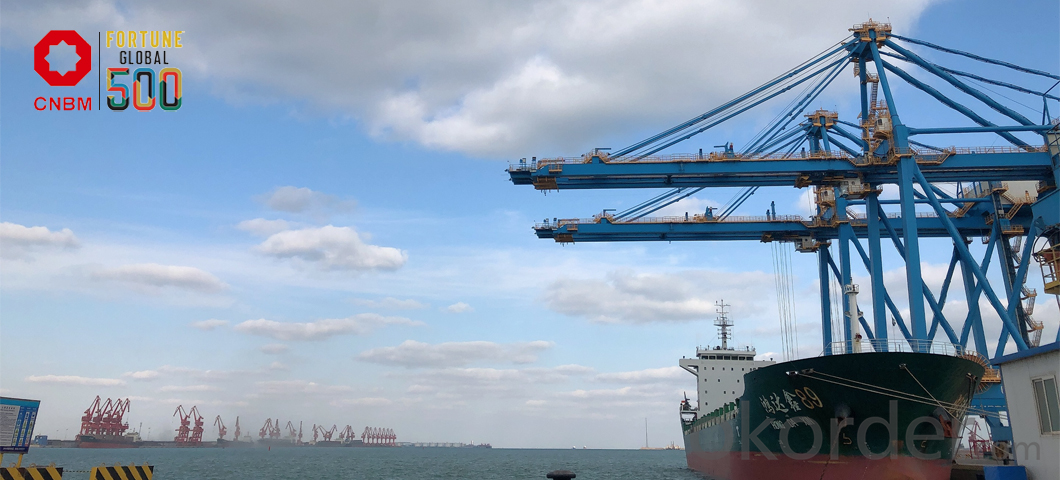
PORTLAND CEMENT
Portland cement is the most common type of cement in general use around the world, used as a basic ingredient of concrete, mortar, stucco, and most non-specialty grout.
It is a fine powder produced by heating materials in a kiln to form what is called clinker, grinding the clinker, and adding small amounts of other materials.
Several types of Portland cement are available with the most common being called ordinary Portland cement (OPC) which is grey in color, but a white Portland cement is also available.
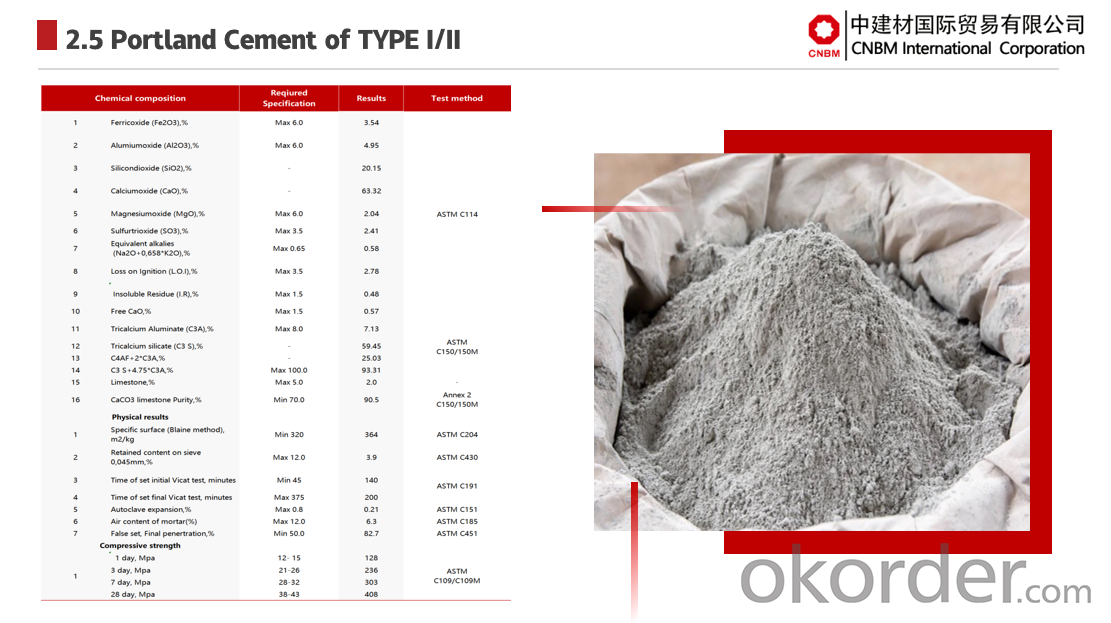
Application
CNBM Cement can be used for all types of architectural or structural concrete construction. Such application as pre-cast panels and systems, cast-in-place, masonry units, tilt-up panel systems, roofing tiles, terrazzo floors, highway median barriers, tile grout, swimming pools, stucco, culture stone,colored masonry products, cement paints and coatings, and ornamental precast concrete items.
CNBM INTERNATIONAL CORPORATION (short for the Company) is a subsidiary of China National Building Material Group Co., Ltd. (short of CNBM Group). China National Building Material Group is a state owned enterprise under directly management of the State-owned Assets Supervision and Administration Commission of the State Council, and ranked 187 in the world's top 500 in 2019. China National Building Materials Group is the world's largest comprehensive building materials industry group, the world's leading new material developer and comprehensive service provider, and has the strongest scientific research strength in the field of building materials and non-metal new materials. CNBM INTERNATIONAL CORPORATION is a brand-new platform built by China National Building Materials Group that focuses on non-metallic materials trading.
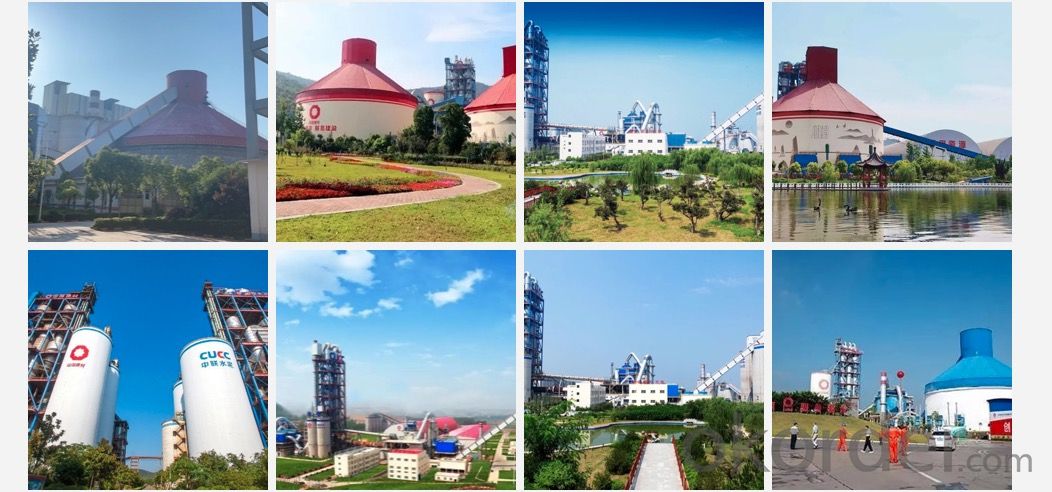
Q:Are you a trading company or manufacturer?
A:CNBM is a large-scale central governmental industrial group with its own manufacturing sector, research and development sector, trading sector and logistics sector.
Q:I have some special requirement about specifications.
A:We have a well-rounded product range, which endows us with the capability of applying many special specifications. Please feel free to contact us with yours.
Q:Do you accept OEM service?
A:Yes, we do.
Q:What is your delivery time?
A:It depends on the size/complexity of your order and our own production schedule. Usually we provide a faster delivery than the industry's average.
Q:What is the payment term?
A:TT and LC are both Okay.
Q:Can I have my own logo on the product?
A:Sure, we can apply your own logo on the products according to your drawings.
- Q:What is a chemical that softens rock and cement?
- Hydrochloric acid softens cement. You can buy large containers of it for removing cement from brickwork. It will also attack some types of rock, especially limestones. Be careful with it though!
- Q:How is cement casing made or inserted into an oil well drill hole?Is it expensive? There was a news story about BP only using partial casing. Are there safety or engineering standards which indicate how much casing is required or recommended?
- The cement is injected at the bottom of the casing by using the drill pipe which lowered into the well. Drill pipe is hollow to allow drilling mud to be circulating during the drilling phase but it a can also take the cement and spot it at the bottom of the well. Knowing the depth of the well and the size of the drill bit being used along with the casing size, the cement company can calculate (with a safety factor) the amount of cement to inject to seal the space between the well bore and the casing. As to what BP did or did not do relative to their casing design, I am not sure but it does appear that the cement plug failed and let the oil reservoir pressure back into the well bore. Because the well bore was filled with salt water at the time and not drilling mud, the hydrostatic pressure of the salt water was not sufficient to counter balance the reservoir pressure. Casing designs vary with the conditions for a specific well or field and are set by the company owning the well. There are general industry best practices but I don't believe they are incorporated into any API standards.
- Q:would the three elements which make up cement ever come together to form cement naturally?
- Absolutely Yes. Calcite or calcium carbonate is a very common natural cement of many sedimentary rocks. Its chemical formula is CaCO3. So, you need CO2 from the atmosphere to be dissolved in the water (from the rain) to form the acid H2CO3 That's the main reason why rain is acid and not neutral (it has a pH about 5.5, but it gets even more acid when there is pollution). When this acidic rain reacts with the rocks, it leaches out Ca2+ (among many other elements) from the rock. When this water reaches saturation it will precipitate calcium carbonate, cementing the rock. So you have all this substances naturally occurring in the ground water. Note that all this chemical reactions occur at room temperatures. What the man does to produce cement is to heat up Calcium carbonate (CaCO3) (at very high temperatures, above 900 C) to produce CaO and CO2. The CO2 is lost to the atmosphere and you have a powder of CaO. If you add water to the CaO (which is very reactive) it will form again CaCO3 capturing the CO2 dissolved in the water. That's why if your concrete stays wet for long periods of time (when first mixed) it will be of a better quality and also it will not form if you are close or below the freezing point of water.
- Q:It's gray and turns all hard, where do they get the ingredients and how come there never seems to be a short supply of it?
- Cement is made by baking/firing gypsum rock to drive off the chemically bound water. I live in Dallas and we have millions of tonnes of it just below the topsoil which can be seen in road cuts and in names like White Rock Lake.
- Q:Could you make Portland cement with one component only, excluding the gypsum?
- Yes. I worked before in a cement plant (at Tinaan, Naga, Cebu, Philippines). I was a shift control chemist and we fed only one component to the raw grinding process which we deposited to the slurry basin and subsequently mixed it homogeneously at the right proportions before burning in the rotary kiln to produce the clinker. Then in the finish grinding operation, we added the gypsum to control the setting time of the finished product, the cement, at approximately the proportion of 97% clinker and 3% gypsum to produce Type 1 Portland Cement. We were blessed with a very good limestone quarry that approximated almost 75% of Calcium Carbonate to crush and grind and burn to clinker and then grind it to produce cement. So almost everyday, we had only a single component to produce the cement. However, we also had in our feeders aside from the limestone, the marl feeder, the silica feeder and the pyrite cinder feeder to fine tune the raw mix, and especially when we are to produce another type of cement. A good day to you.
- Q:and also does the cement have an affect on the water quality, such as ph, hardness...etc?and also if i do build it out of cement, do i still have to put down a pond liner?and also does anyone have any advice, or info on building a pond out of cement?THANK YOU
- One thought comes to mind when thinking of building a cement pond and not using a liner, earthquake fault zones. I live in the New Madrid Fault zone area and though we haven't had a major earthquake, in the years I've lived in Missouri, have noticed many cracks in the cement of the driveway, in the soil and such. Would be such a shame to have an established pond and then get a leak. The pond liner is your best bet overall, and have it installed properly. I own an independent pet shop and we recommend a small amount of aquarium salt be added to pond water. Salt is damaging to concrete over time. Make sure your pond set up includes a UV sterilizer to keep away green water.
- Q:We are painting our living room floor. My husband wanted me to buy a BEHR cement paint stain at Home Depot. However, they didn't have the colors we wanted available in that paint, so they told me that the BEHR Porch and Floor paint was exactly the same (the stain just has the option of semi-translucent colors, whereas the other does not) and they had a better variety of colors. I trusted the people, but have I made a big mistake, what is the difference? I'm nervous my husband will be very upset when he gets home, since it is non-refundable.
- Cement stain is very different from paint. However the big advantage to paint is that you can patch any cracks in the cement and the paint will cover those patches completely. You can't do that with stain. Stain will show your patches. I have used Behr cement paint on a patio and I was very happy with it. Maybe your husband will be happy with it after all. I thought they could mix any color of stain just like they can mix any color of paint? You should probably call Home Depot to see if that paint guy knew what he was talking about. It's good paint though. You'll like working with it.
- Q:My driveway is a gravel hill and there is a large drop off about 15-20ft wide, pretty much takes up the whole drive way, and its just where the cement stops and drops off kinda. Well my plan is to fill up under the drop off and just smooth it out a bit. I would like to use something that cars can drive over, but more importantly some thing that will dry within a couple of hours. There are about 10 or 15 houses that use the same drive way and I plan to do my work at night, as not to disrupt people and be in their way. Thanks!!
- You have got to put in your steel-toed boots and stomp on it every three hours for three days. After that, you pressure your cars onto it, and watch them sink into the cement, after you cover it in quail feathers and let it sit for a day. PRESTO! Cement that's cured!
- Q:its for my physics assignment..thanks!
- it absorb energy... such as heat..force or pressure ..
- Q:This crack has caused a layer of cement wall, about 1/2 inch thick, to fall off. The area of the layer that has come off is about 1ft by 1ft. Do I need to add cement to the wall to fix it? My house is a 1920-40 era colonial so the house is pretty old. The basement wasn't finished, but there was drywall on the wall where the crack was. I removed the wall because of water damage and I found the crack. I am not going to finish the basement, I just want to waterproof the wall, paint it and have the exposed concrete. I plan on doing this myself if it is possible. Additionally I found some thin roots in the wall where the 1/2in layer of concrete came off. Should I be worried about that? Thanks in advance.
- You make reference to the wall being concrete , so I will assume it is a poured wall rather than a block wall. If the wall had just a simple crack, chiseling out the crack about a half inch deep and filling with a Hydraulic cement would work fine. What concerns me is that you say a 1/2 inch X 1ft. X 1ft area has come off. Crumbled I would suspect. The structural integrity of the wall has been compromised by excessive dampness. Basically turning the concrete back into sand. First thing you should do is stop the dampness. This could mean sloping the grade away from the house. Extending downspouts to 3 or more feet beyond the house. Maybe even putting in a sump system. If you don't, any repair you do will not last and just fall off at a later date. I strongly suggest you get a professional to look at it. Hopefully that area is not badly deteriorated. Deal with the problem first, then the consequences of that problem. Once that is done the wall can dry out. Scrape the area with a chisel, then wire brush. Clean the area with a cement etching product, (found at your local home depot) then trowel on the same hydraulic cement mentioned earlier. This product can be applied even when the wall is still leaking and works well, but if you can, do the prep work. There are real good wall waterproof paints available. They are really thick and rolls on like a paste. Works great though. Good luck........
1. Manufacturer Overview |
|
|---|---|
| Location | |
| Year Established | |
| Annual Output Value | |
| Main Markets | |
| Company Certifications | |
2. Manufacturer Certificates |
|
|---|---|
| a) Certification Name | |
| Range | |
| Reference | |
| Validity Period | |
3. Manufacturer Capability |
|
|---|---|
| a)Trade Capacity | |
| Nearest Port | |
| Export Percentage | |
| No.of Employees in Trade Department | |
| Language Spoken: | |
| b)Factory Information | |
| Factory Size: | |
| No. of Production Lines | |
| Contract Manufacturing | |
| Product Price Range | |
Send your message to us
Similar products
New products
Hot products
You Might Also Like



